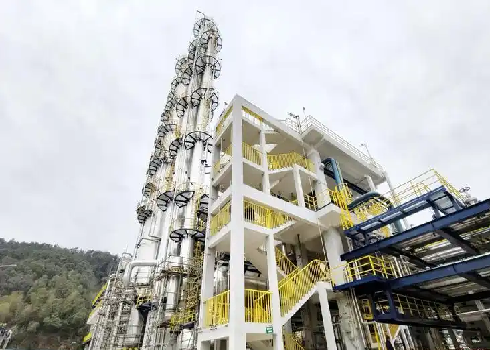
_1730691583_WNo_1600d900.webp)
In the world of chemistry, every substance has a unique identifier, much like how each person has their own social security number. Today, we're diving into a special chemical compound identified by the CAS Number 133-14-2, known as 2,4-dichlorobenzoyl peroxide. This compound is renowned for its distinctive chemical properties and broad industrial applications.
If your business has a need for this high-performance compound, we've also recommended a reliable manufacturer who can provide top-quality products to meet your business requirements.
A CAS Number, or Chemical Abstracts Service Number, is a unique numerical identifier assigned to chemical substances, allowing precise identification among millions of compounds. Typically formatted with up to 10 digits in three parts (e.g., 123-45-6), CAS Numbers facilitate standardized communication in fields such as chemistry, pharmaceuticals, and manufacturing. Recognized globally, they help avoid confusion from common names and synonyms.
Many regulatory agencies, including the EPA and OSHA, require CAS Numbers for compliance documentation, aiding in the classification and monitoring of substances for safety and environmental impact. Researchers also use CAS Numbers for literature searches, enabling quick access to information about specific compounds, including their properties and applications.
Overall, CAS Numbers play a crucial role in ensuring reliable identification and communication within the chemical industry.
CAS Numbers, or Chemical Abstracts Service numbers, play a pivotal role in the world of chemistry and beyond.
CAS Numbers provide a unique identifier for each chemical substance, ensuring that there is no confusion between similar-sounding names or structurally similar compounds.
Recognized globally, CAS Numbers facilitate international communication and trade by providing a standardized way to refer to chemicals.
In research, CAS Numbers help scientists and engineers quickly find information about specific chemicals, speeding up the development of new products and technologies.
For businesses, CAS Numbers are essential for inventory management, ensuring that the right chemicals are ordered and used in production.
They are crucial for safety data sheets (SDS) and regulatory compliance, helping to identify hazardous substances and manage risks in the workplace.
They enable more efficient searching in scientific databases, saving time and resources when looking for specific chemical data.
CAS Number 133-14-2 refers to the chemical substance 2,4-Dichlorobenzoyl peroxide, an organic compound primarily utilized as a radical initiator in polymerization processes. It appears as a white crystalline solid and is soluble in organic solvents, exhibiting strong oxidative properties.
The chemical formula of 2,4-Dichlorobenzoyl peroxide is C14H6Cl4O4, and it has a molar mass of approximately 380.01 g/mol. This compound features a peroxide functional group, which enhances its reactivity and makes it a valuable building block in the synthesis of various polymers and materials.
2,4-Dichlorobenzoyl peroxide acts as an initiator for curing unsaturated polyester resin at room temperature and is typically used in conjunction with an accelerator. Its applications are extensive, including use in glass fiber reinforced plastic products, artificial marble, Polaroid boards, automobile enclosures, polyester furniture, process casting, paint, and as a curing agent for silicone rubber. It is particularly effective in rapidly solidifying formulations at low temperatures.
Due to its reactivity, 2,4-Dichlorobenzoyl peroxide plays an essential role in organic synthesis, facilitating the formation of diverse chemical structures.
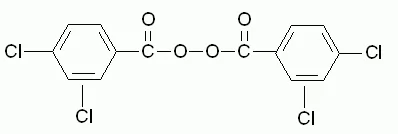
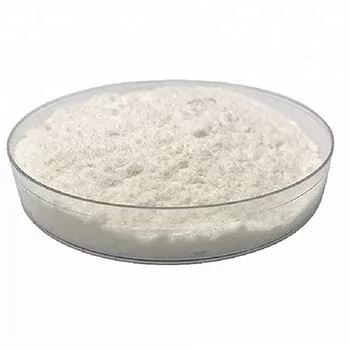
2,4-Dichlorobenzoyl peroxide is classified as a hazardous substance. It may cause skin and eye irritation upon contact, and inhalation of dust or vapors should be avoided. Appropriate safety measures, including the use of personal protective equipment (PPE), are recommended during handling.
| Property | Value |
|---|---|
| Chemical Formula | C14H6Cl4O4 |
| Molecular Weight | 380.01 g/mol |
| Appearance | White crystalline solid |
| Boiling Point | 495.27 °C (estimated) |
| Melting Point | 55 °C (decomposes) |
| Density | 1.26 g/cm³ |
| Water Solubility | 29.93 μg/L at 25 °C |
| Vapor Pressure | 0.009 Pa at 25 °C |
| Refractive Index | 1.5282 (estimated) |
The main method for synthesizing 2,4-dichlorobenzoyl peroxide includes the generation of sodium peroxide solution by reacting hydrogen peroxide solution with sodium hydroxide solution at low temperatures; then, under stirring conditions, a phase-transfer catalyst is added first, followed by the dropwise addition of 2,4-dichlorobenzoyl chloride to form 2,4-dichlorobenzoyl peroxide.
First, prepare sodium peroxide solution by reacting hydrogen peroxide solution with sodium hydroxide.
Then, under stirring, add a phase-transfer catalyst, followed by the dropwise addition of 2,4-dichlorobenzoyl chloride.
After cooling, filtration, and washing, 2,4-dichlorobenzoyl peroxide is obtained.
High-purity powdered 2,4-dichlorobenzoyl peroxide can be obtained through the dissolution crystallization and cooling crystallization steps using methanol as an inert solvent.
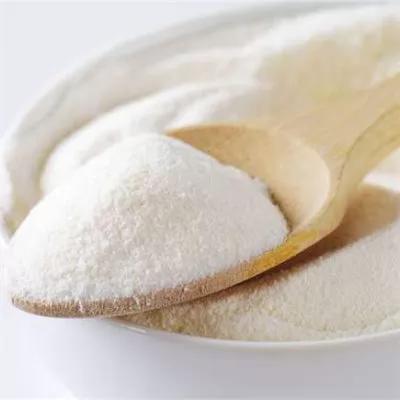
2,4-Dichlorobenzoyl peroxide is a versatile compound with numerous industrial applications, primarily due to its properties as a radical initiator and oxidative agent. Key applications include:
- Vinyl Ester Resins: It is also employed in the curing of vinyl ester resins, commonly used in high-performance applications such as marine, automotive, and construction industries.
- Unsaturated Polyester Resins: 2,4-Dichlorobenzoyl peroxide is widely used as an initiator for curing unsaturated polyester resins at room temperature. This application is crucial in the production of various composite materials, particularly in the manufacturing of glass fiber reinforced plastics (GRP).
- Coatings and Paints: It is used in the formulation of paints and coatings, where it facilitates cross-linking and enhances durability.
- Silicone Rubber: This compound acts as a curing agent in silicone rubber formulations, enhancing the properties of the final product, such as flexibility and temperature resistance.
- 2,4-Dichlorobenzoyl peroxide is utilized in the preparation of low-voltage power cable rubber materials. Its role in curing ensures that the rubber maintains excellent electrical insulation properties, mechanical strength, and durability, which are critical for reliable cable performance.
- Artificial Marble: The compound is utilized in the production of artificial marble, contributing to the curing and hardening processes that create the desired aesthetic and structural properties.
- Automobile Components: It is employed in the production of various automotive parts, providing strength and resilience to components made from composite materials.
The diverse applications of 2,4-Dichlorobenzoyl peroxide across various industries highlight its importance as a functional chemical. Its ability to act as a curing agent, radical initiator, and oxidative agent makes it invaluable in the production of advanced materials and formulations. However, due to its reactive nature, it is essential to handle this compound with care, adhering to safety protocols to mitigate any hazards associated with its use.

Safe handling and storage of 2,4-dichlorobenzoyl peroxide (CAS Number 133-14-2) is critical due to its hazardous nature as an organic peroxide.
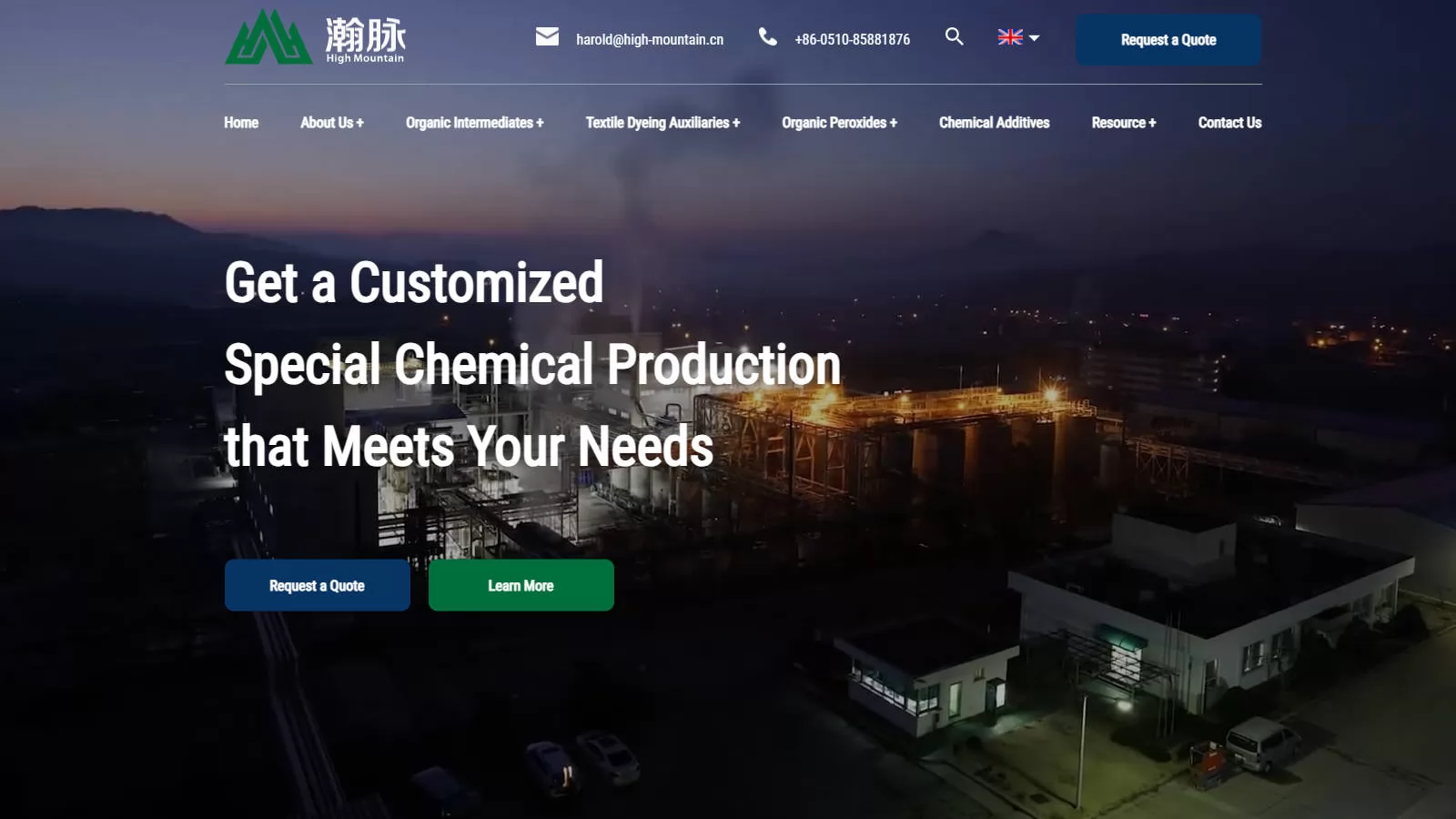
Selecting a reliable supplier for 2,4-dichlorobenzoyl peroxide is critical for ensuring quality, consistency, and value in your supply chain. Here are key factors to consider when choosing a supplier:
High Mountain Chem, a leading chemical company established in 1992, specializes in the research, development, production, and export of a range of high-quality chemicals, making it an ideal choice for you.
High Mountain Chem has extensive experience in quality control, technical solutions, chemical logistics organization, packaging optimization, and port operations, ensuring top-tier cost control management and competitive advantages.
If you are looking for a reliable supplier of 2,4-dichlorobenzoyl peroxide, High Mountain Chem is undoubtedly a choice worth considering. Click here for more product information or the latest quotes, and establish contact with High Mountain Chem to experience their professional services.
In conclusion, 2,4-dichlorobenzoyl peroxide (CAS Number 133-14-2) is a significant chemical compound with a wide array of industrial applications, particularly in the fields of rubber production, cable manufacturing, and adhesive formulation.
However, the hazardous nature of this organic peroxide necessitates stringent safety protocols during its handling, storage, and use.
Understanding the chemical properties, potential risks, and safety measures associated with 2,4-dichlorobenzoyl peroxide is essential for professionals in the chemical industry to ensure both the effectiveness of their products and the safety of their workforce.
Want to get the right 2,4-dichlorobenzoyl peroxide to meet the specific needs of your enterprise?
Click here to receive a free consultation and ensure you make an informed decision.
Featured Blog






